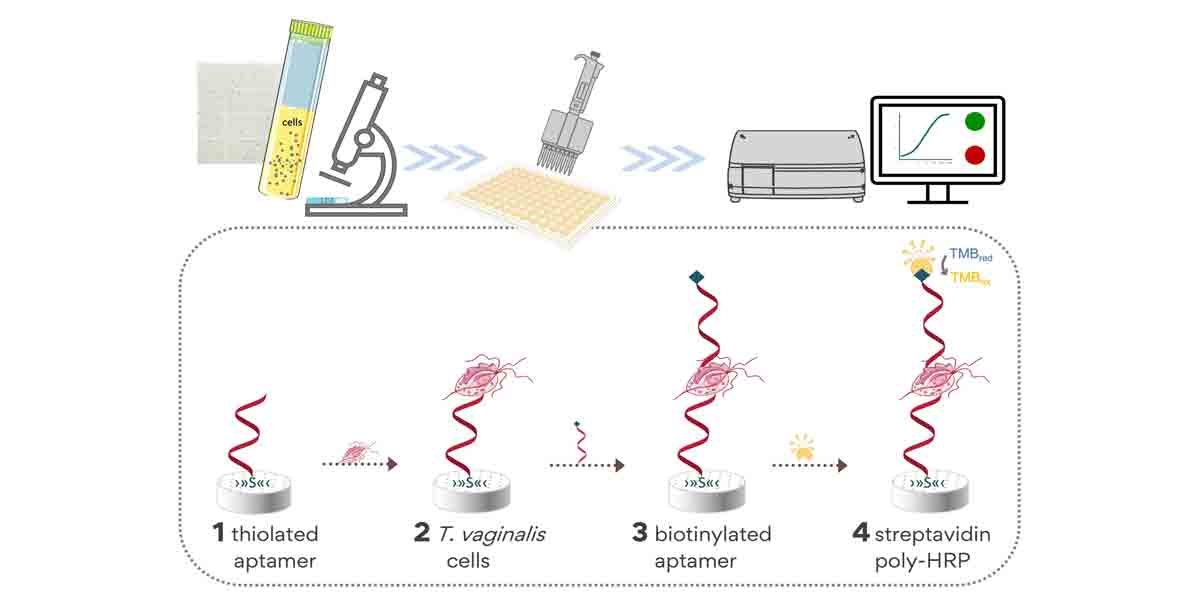
‘When looking at the causes of crashes, it is key to ask where the data comes from, and the mindset of those pulling that data together,’ says David Shelton, Senior Transport Specialist at the Asian Development Bank, at a workshop for journalists in Kuala Lumpur, Malaysia.
‘I would urge you all to think carefully about this,’ he says to the 16 reporters from Bangladesh, India, Malaysia and Viet Nam attending the three-day Road Safety Reporting training. ‘In many countries, most data comes from the police. Yet their main concern is assigning blame for a past event rather than preventing future trauma.’
Several journalists at the workshop, as well as from a number of African countries, tell WHO that police reports are their main, and often only, source of information when reporting on crashes. Yet this can mean using incomplete data, and may lead to missed opportunities to share proven, life-saving solutions to the global road safety crisis.
Worldwide, over 1.3 million people are estimated to die in crashes each year, and road traffic injuries are the leading cause of death for children and young adults aged 5-29. More than nine in ten of these deaths occur in low- and middle-income countries.
‘The police are interested in people’s behaviour, and who may have acted to cause a crash,’ Shelton explains. ‘This approach assigns the majority of the causes of crashes to behavioural issues [such as speeding, drink-driving and not using seatbelts]. It excludes non-behavioural causes’ [like the quality of road designs and the safety of vehicles].
‘I’m not saying the police are getting it wrong, executing the rule of law is important, but we often don’t get the full picture.’
Systems thinking
To save more lives, ‘we need a shift from an approach that focuses on crashes, individual road users or interventions, and looks holistically at safe mobility systems,’ writes WHO Director-General Dr Tedros Adhanom Ghebreyesus, in a recent editorial.
‘We must work with all involved in designing and maintaining our roads, manufacturing our vehicles and administering our safety systems. So when crashes do occur, solutions are sought throughout the entire system.’
The ‘Safe Systems’ approach, enshrined in the Global Plan for the Decade of Action for Road Safety, recognises that road transport is a complex system with interconnecting elements that all affect each other, and that only tackling these issues holistically will lead to zero deaths. The approach has led to big reductions in deaths and serious injuries in countries like Norway and Sweden.
Geetam Tiwari, Professor of Transport Planning at the Indian Institute of Technology, notes that the Safe Systems approach has three core tenets; ‘that we recognise human frailty, that we accept that people will always make mistakes, and that our systems must be ready to absorb these mistakes.’
‘This way, road designers can create environments that manage the crash energy down to levels the human body can withstand. Speed limits, for example, are set at levels the human body can stand, and where drivers can see pedestrians on the roadside.’
‘What we see over time,’ notes David Shelton, ‘is that when countries improve their understanding of crashes, improve their data, improve their governance and crash risk management, they move to a more systems-based approach, developing multi-sectoral approaches to this multi-sectoral challenge.’
Dangerously exposed
Globally, nearly a third of all road crash deaths involve powered two- and three-wheeled vehicles, such as motorcycles, mopeds and scooters, and the proportion is still rising.
‘This is staggering, and it is mainly an Asian regional problem,’ Shelton says. ‘Some estimates put the fleet wide proportion of powered two- and three-wheeled vehicles at 94% in Viet Nam, 83% in Indonesia and 73% in India.’
‘As the number of powered two-wheeled vehicles rise, more and more human bodies are moving beyond the speeds at which we can protect them.’
According to the World Bank, 75% of all crash deaths in Cambodia are motorcycle riders. In Viet Nam, government data puts motorcyclists at 64% of all road crash deaths between 2016 and 2020. Indian government data shows that nearly 40% of all crash deaths involved motorcyclists in 2019, and another 20% were pedestrians.
‘Many countries across Asia have a lot of work to do to make their systems safe,’ Shelton says. ‘If countries in which motorcycle use dominates cannot make motorcycling far safer, they will never reach the 50% reduction in deaths and injuries agreed by the UN for the 2nd Decade of Action for Road Safety.
WHO recently released updated global guidelines to curb motorcycle crash deaths for policy makers and practitioners. The manual covers building safer roads, ensuring safer mobility for all road users, strengthening vehicle safety and actions to improve responses to crashes.
‘Each country needs a strategy and action plan that matches the deaths and injuries it has, such as a focus on vulnerable road users in India, or on regional car and truck use in Australia,’ Shelton says.
‘We must design our strategies for the populations and situations in which we live.’
Better data
Good strategies need good data and evidence to underpin them, ‘but low and middle-income countries typically undercount the amount of road trauma that’s happening,’ Shelton says.
‘In some countries it is estimated that up to 84% of casualties go unreported, making it nearly impossible to understand the scale of the problem, and hard to respond in a way that targets the true cause of crashes.’
The Asia Pacific Road Safety Observatory was set up to help tackle this problem. Hosted by the Asian Development Bank, the regional forum helps countries collect, manage and analyse data on road crashes. It also shares research, evidence and technical materials, helps countries monitor progress, and links to the Asian Transport Outlook Database.
‘For journalists,’ Shelton says, ‘it is vital to remain critical when looking at any data on the causes of road crashes, and to dig deeper into the causes that are rarely ever recorded, such as failures in road design and vehicle design.’
























